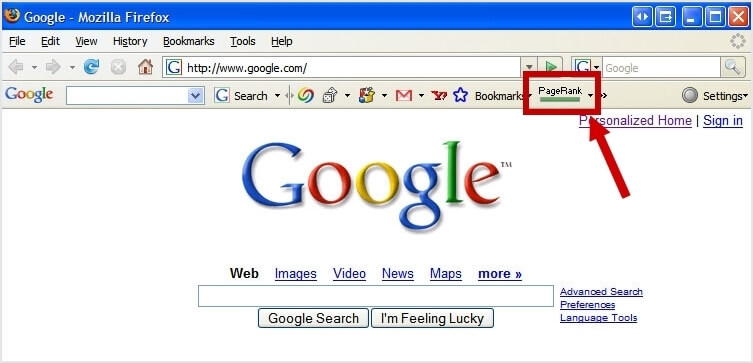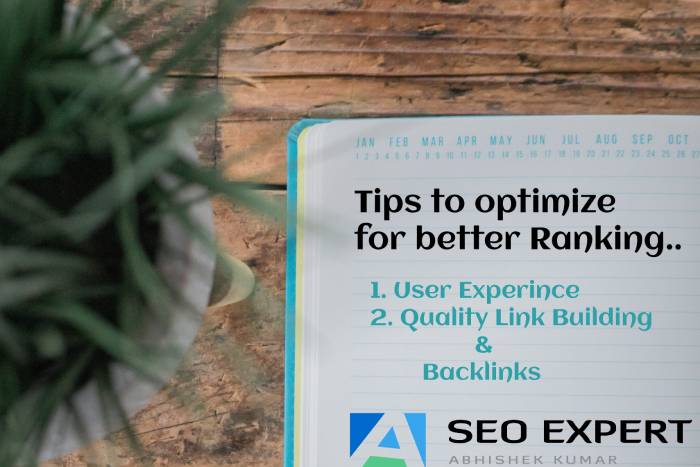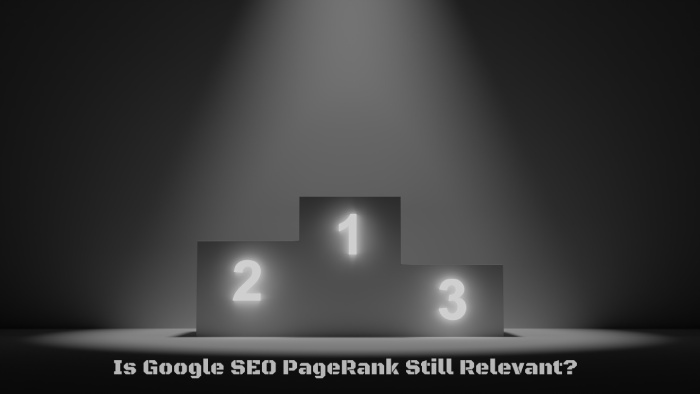Google PageRank in 2021
Gone are the days when ranking yourself on Google and the factors and other things involved with it were simple. With every passing year, it has become as dynamic as one could conceive.
Nowadays, every now and then we get to know about a new insight on how Google functions and what goes into getting yourself going on the search engine, thus adding up to dynamism and complexity.
I’m sure we call can think of at least ten factors that are considered when it comes to conducting yourself on Google. And I’m sure that each of our lists would showcase different opinions. Certainly, Google is renowned for the numerous ranking factors that it entails.
These elements and the uncertainty around the same add up to the need to strengthen your game to perform better online and ensure that you do not fall short in any way. This requires addressing everything that seem to be involved in Google Ranking Factors in the appropriate way.
The thing that I’ve picked up for this article is Google PageRank. Some consider it to be outdated and no longer viable. Nonetheless, we need to figure out what it is, how it works and how we can use it to benefit ourselves in 2021 because that’s the way to do it after all.
What is PageRank?
Before we get to how you can utilise Google PageRank to tailor and improve your online strategy, let us first understand what it is.
Google PageRank is a part of Google’s algorithm that enables it to associate credibility and authority to the webpages, based on an analysis of the quantity and quality of the backlinks associated with that page.
It is a mark of the quality and authority of the webpage and enables the algorithm to associate a rating with that page. The higher the PageRank point, the better its credibility and chances of ranking higher on the search engine.
We know that there are thousands of webpages offering results for one search query. Google is preferred but its customers because of the value it offers through the search results. In order to do so, Google’s algorithm has to take into consideration, all the webpages available with the required information and separate the most valuable ones from the pile.
PageRank rating or the PageRank point enables it to find out the most credible resource to display for its customers. As such, it is an important thing to consider, for Google as well as those trying to rank on the search engine.

Sorry you can no longer check Google Pagerank
How Does The PageRank Algorithm Work?
Now that you know what Google PageRank is, it’s time to find out the answer to “How is PageRank calculated?” Long story short, it is done by analyzing the quality and quantity of links associated to the page. However, in order to get to the intricacies of it, we need to understand how Google’s Algorithm works with regard to PageRank.
For all the billions of queries that Google addresses everyday, the one thing that it ensures throughout is putting forth the best for every search conducted. It works towards ensuring prime customer satisfaction by offering value to them.
Like I’ve mentioned earlier, Google’s RankBrain uses tons of factors to find out credible resource, PageRank being one of them. I’ve always been a proponent of creating and maintaining a solid Backlink Profile and you will now know why.
When you have high authority and quality sources linking to your website/webpage, similar attributes get associated to your webpage. I’ve said it time and again that the whole of online marketing is winning trust- of the search engine and the customers.
By ensuring high quality Backlink Profile of your webpage, you add up to your PageRank rating and also prove your credibility to the search engine. The higher this rating, the easier it gets for you to rank better as a credible source to satisfy customers’ needs.
Why Can’t I Find The PageRank for My Website?
Unfortunately, the PageRank rating for websites is no longer open to be seen by the public. As such, you cannot possibly figure out what’s your PageRank anymore.
When the Google PageRank Toolbar was out there displaying the PR for the websites, it was possible for users to gauge their rating. This led to them farming backlinks to directly impact the PR. This involved, creating inbound and outbound links in bulk. This was a clear way of manipulating the genuine rating.
By doing away with the Google PageRank Toolbar, it made sure that people are no longer able to assess their standing as far as their PR was concerned. This forced them to work on improving the overall quality and not just limiting to one thing. As such, it turned out to be a good decision that urged the marketers to amp up their game.
How To Optimize For Better PageRank?
Just because you can’t see it any longer, doesn’t mean that it no longer works. While there are so many who are of the opinion that 2014 marked the end of PageRank as a part of Google’s Algorithm, I do not buy this proposition. Let me explain why.
PageRank has quality backlinks as its foundation. We all know how important it is to ensure that your website has a solid Backlink Profile to cut through the stiff competition these days. Quality Link building and Backlinks are just as important, if not more, than they were till 2014. What makes you think that Algorithm no longer considers something similar along the lines of PageRank?
Bottomline is that if you are looking to add up to your chances of standing out from the competition and ranking better, you need to optimize for PageRank. If you are wondering how to go about it, here’s how.

Prime User Experience Through High Quality Content
It all starts with offering value to your customers. If you cannot do that successfully, you must not even think of being on the internet with your business. Such is its importance.
Publishing high-quality content that can provide to what users are looking for is the key. When you put out fresh, updated, unique, relevant and effective content, you become eligible for other high authority sources to mention and cite your content. That is the first and the most important step towards earning backlinks.
We know that PageRank is all about links. Top-notch content helps you capitalize on it as it attracts visitors thereby increasing your chances of getting linked to from some credible source which has already made its mark on the scene.
Quality Link Authority
Now we come to the core element of this whole thing in question- Backlinks. When it comes to backlinks, I’ve always emphasized that focus should be on the quality and not the quantity. It isn’t the bulk of links that will help you pop out but the credibility associated to these links.
I recommend conducting a Backlink analysis on a regular basis to monitor your Backlink profile. The motive behind this should be analyzing what sources are linking to you and making sure that you only retain those that are high-authority and credible sources themselves.
Getting tons of links from scrappy or fishy sources will do you more harm than good. You’re looking for something that will add up to your own website’s authority and therefore make sure that you do not compromise on the quality of your backlink profile.
Solid Internal Linking
Internal Linking refers to the chain of links that you create within your own website. It has been one of the most relevant factors that Google considers while assessing your online authority.
When you create internal links that are relevant and well thought-out, you add up to the overall relevancy of your website and add meaning to what you offer. Proper internal linking helps in building up the page authority of respective pages which goes on to build up the on-site authority of your website as a whole. Just make sure that you ensure consistency and relevancy while working with internal links.
Correct Use Of No-Follow Links
Besides building up your PageRank rating, you also need to make sure that it doesn’t get passed on to another page that you have linked to, thus fragmenting its efficacy.
To curb this, you have the option to make wise use of nofollow links. This can be used when you know that you have to link to a page but do not want the PageRank to get passed on. You can implement it by incorporating a nofollow HTML tag which looks like this:
rel=”nofollow”>Link Text
Again, you have to be wise with how you use the nofollow tag. I recommend using it for links involved in comments on forums, press releases and sponsored links.
Earn Those Implied Links
Now, implied links are something unique and equally effective. Earning and proving your credibility and authenticity doesn’t always have to be done through direct links from other sites. You can also work towards earning Implied Links.
By definition, “An implied link is a reference to a target resource, e.g., a citation to the target resource, which is included in a source resource but is not an express link to the target resource.” Meaning to say, all those mentions on social media platforms and all other places also count. As long as you can get customers to find you out and visit you, you are better off working towards earning these.
Final Words
So that’s it. What I’ve figured out from my extensive experience in this business is that there’s really no such thing as an ‘outdated’ or ‘ineffective’ ranking factor. Sure there’s so many of them, most of which are beyond our comprehension. But like the wise men say, ‘there’s always a place for everything.’
What I’d advise anyone who is looking to get the best of the search engine is to forget about what’s applicable and what’s no more and focus on consistency while ensuring that you continually add up to the quality of what you offer to your customers.

